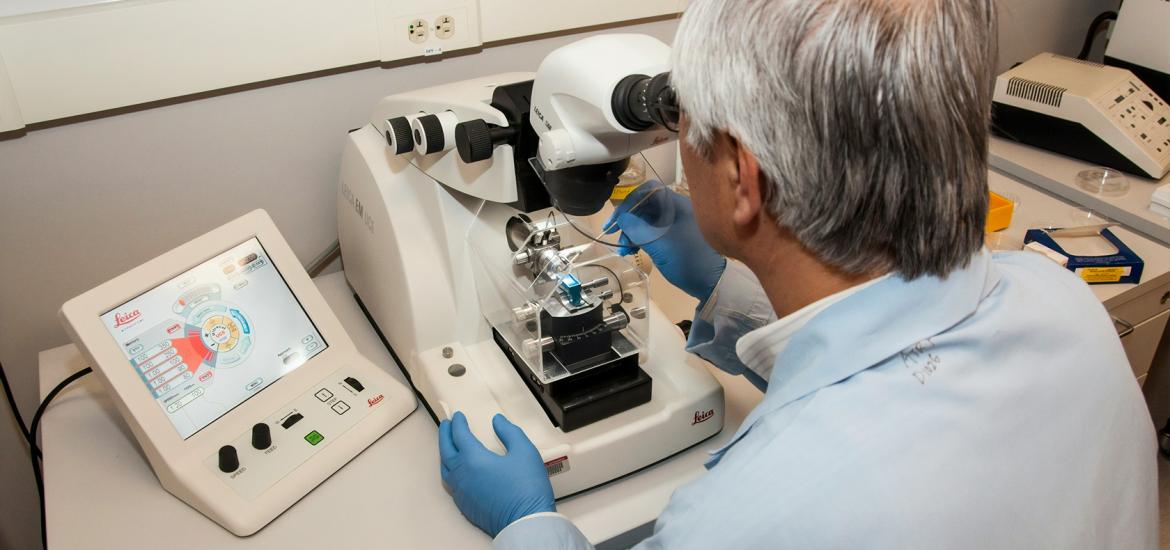
Can Wee1 be both alive and dead? Schrödinger hopes so
The company’s SGR-3515 features among the latest industry projects newly into first-in-human trials.
The company’s SGR-3515 features among the latest industry projects newly into first-in-human trials.

Zentalis’s azenosertib, now the industry’s most advanced Wee1 inhibitor, on Tuesday went on US clinical hold, but the previous day saw a more low-key development: Schrödinger’s shot at this mechanism, through the project SGR-3515, was revealed as entering its first human study.
Other first-in-human initiations included an ADC against another target that’s disappointed elsewhere, NaPi2b, a new Car-T entrant hitting the hot GPC3 antigen, and projects from a pair of private UK biotechs. For Schrödinger the bet is that SGR-3515 can succeed where other Wee1 inhibitors, most prominently AstraZeneca’s adavosertib, have failed.
Astra had for many years touted the Merck & Co-derived adavosertib as a key part of its approach to synthetic lethality, before discontinuing it for lack of tolerability in 2022. The US hold on Zentalis’s azenosertib is partial, coming after two sepsis deaths in the phase 2 Denali ovarian cancer trial, and for now this Wee1 inhibitor remains in development.
Importantly, Schrödinger’s SGR-3515 acts differently, hitting Wee1 as well as PKMYT1. Concurrent loss of function of Wee1 and PKMYT1 (a kinase overexpressed in some cancers) confers selective vulnerability in tumour cells, the group says, and a US IND was cleared last month.
Acrivon's ACR-2316 has the same dual mechanism of action, but has yet to enter the clinic. Meanwhile, the most advanced industry project acting solely on PKMYT1, according to OncologyPipeline, is Repare's lunresertib, in phase 2.
Hot target
As for more promising targets, AbelZeta/AstraZeneca recently validated GPC3 as having a key role in liver cancer. Shortly afterwards BeiGene entered the clinic with a bispecific MAb, BGB-B2033, and next month China’s Carbiogene is taking another anti-GPC3 Car-T therapy, CBG166, into phase 1.
PARP1-selective inhibition has been gaining traction of late, featuring a pair of AstraZeneca projects (saruparib and AZD9574), two from Merck KGaA – from separate deals with Nerviano and Jiangsu Hengrui – Gilead’s acquisition of Xinthera, and the entry into the clinic of Acerand with ACE-86225106.
These will soon be joined by DSB2455, the lead development project at Duke Street Bio, a low-key private UK biotech focused on DNA damage response. The company has a second PARP inhibitor in IND-enabling studies, said to be selective for PARP7, while a third pipeline asset, a dual inhibitor of PARP1/7, is in lead optimisation.
Another private UK biotech, Pheon Therapeutics, last month raised $120m in a series B funding round, following on from a $68m series A in September 2022, on the promise of its pipeline of ADCs claiming to hit novel targets and use proprietary, “tuneable” payloads.
Next month sees the start of phase 1 with its lead, PHN-010. While formally the target of PHN-010 remains undisclosed, a patent filing reveals that Pheon's primary focus is on an ADC that hits the antigen CDCP1. Between 2015 and 2022 Pheon was known as Femtogenix.
Meanwhile, entry into phase 1 of Hansoh Pharma’s HS-10504 will be of interest to followers of fourth-generation EGFR tyrosine kinase inhibitors like Black Diamond’s BDTX-1535; HS-10504 is said to be active in the EGFR C797S mutation.
Recently disclosed first-in-human studies*
| Project | Mechanism | Company | Trial | Scheduled start |
|---|---|---|---|---|
| ZM008 | Anti-LLT1 (CLEC2D) MAb | Zumutor Biologics | Solid tumours, +/- Keytruda | 22 May 2024 |
| SGR-3515 | Wee1/PKMYT1 inhibitor | Schrödinger | Solid tumours | 24 Jun 2024 |
| HS-10504 | EGFR C797S inhibitor | Hansoh Pharma | Post anti-EGFR TKI NSCLC | 30 Jun 2024 |
| CX-801 | IFN-α2b probody | CytomX Therapeutics | Solid tumours | 30 Jun 2024 |
| BGC515/ BGI-9004 | Tead inhibitor | BridGene | Solid tumours | Jun 2024 |
| RGT-61159 | c-MYB degrader | Rgenta Therapeutics | Adenoid cystic or colorectal carcinoma | Jun 2024 |
| CBG166 | GPC3 Car-T | Carbiogene Therapeutics | GPC3+ve liver cancer | 1 Jul 2024 |
| MK-6837 | Undisclosed | Merck & Co | Solid tumours, +/- Keytruda | 15 Jul 2024 |
| YL205 | Anti-NaPi2b ADC | MediLink | NaPi2b-overexpressing tumours | 31 Jul 2024 |
| PHN-010 | Undisclosed ADC | Pheon Therapeutics | Solid tumours | Jul 2024 |
| DSB2455 | PARP1 inhibitor | Duke Street Bio | Unspecified | Sep 2024 |
Note: *projects newly listed on the clinicaltrials.gov database between 11 and 17 Jun 2024.
Somewhat lower hopes might be put on inhibition of Tead and activity at NaPi2b, the mechanisms of BridGene’s BGC515 and MediLink’s ADC YL205 respectively. The former approach was dealt a blow when the industry’s most advanced asset, Ikena’s IK-930, yielded zero remissions in a dose-escalation trial; the company canned the project last month. BGC515 is described as a covalent, pan-Tead inhibitor.
Meanwhile, sentiment around NaPi2b ADCs has been hit by Mersana’s discontinuation of upifitamab rilsodotin. MediLink, hit separately by this week’s clinical hold on the BioNTech-partnered BNT326/YL202, is taking YL205 into its first clinical trial shortly after the private German biotech Tubulis did likewise with TUB-040.
If some of these approaches are seeing a second wind of enthusiasm then a similar phenomenon might already have come and gone for CytomX’s masking technology. Since that company’s CX-904 surprised in pancreatic cancer the group’s shares have crashed back to earth; CytomX’s next conditionally acting project, CX-801, starts phase 1 this month.
This is an updated version of a story published earlier.
2038













